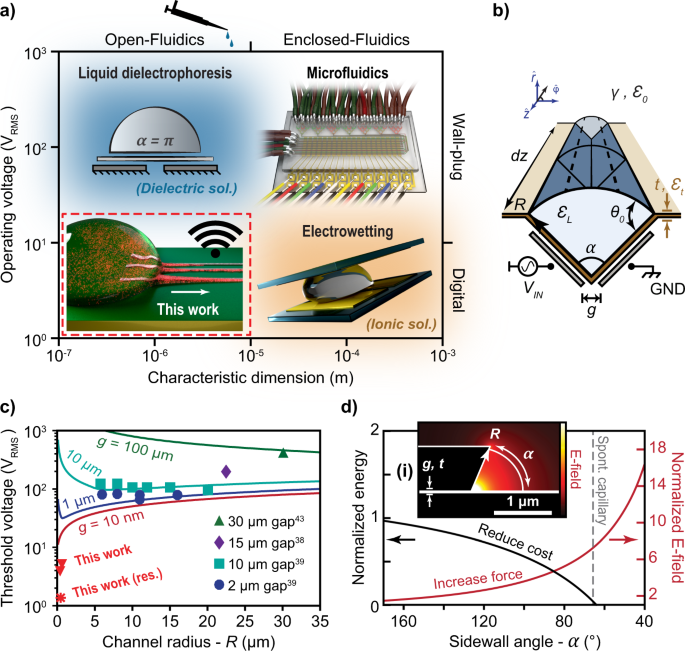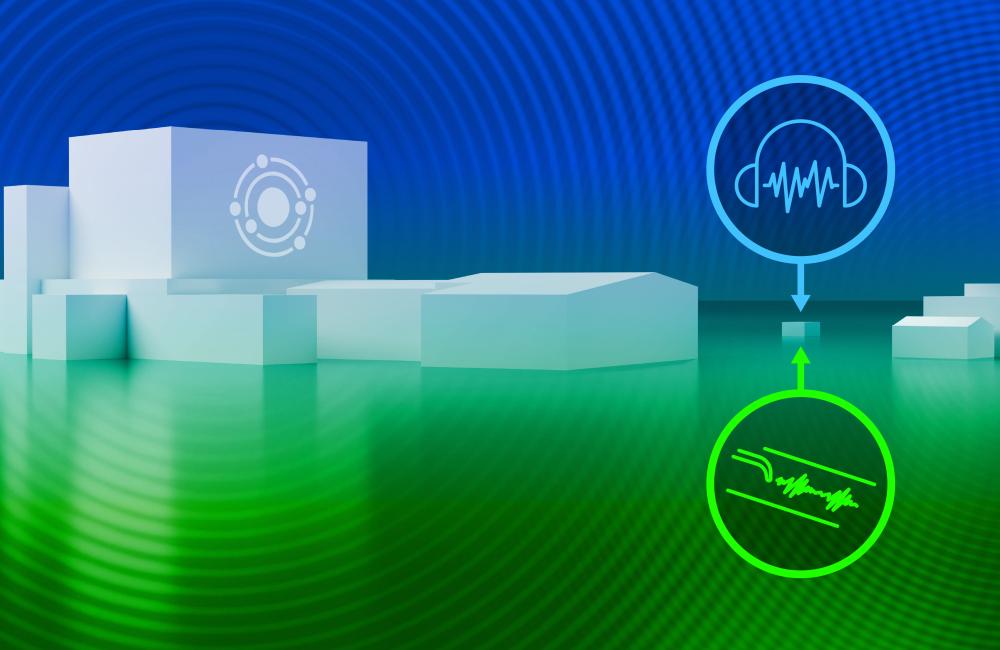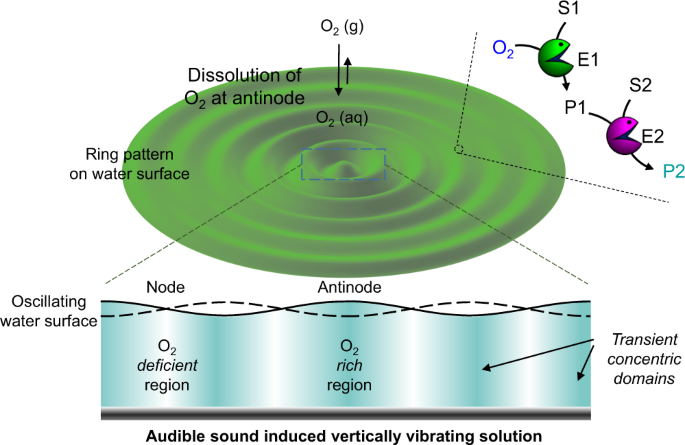新しい技術により、家庭での病気の診断がより早く、より安価に行えるようになる可能性があります。 The new technology could make at-home diagnosis of diseases faster and more affordable
2022-05-02 ミネソタ大学
研究者の論文は、Nature Research社が発行する査読付きオープンアクセス科学雑誌「Nature Communications」に掲載されています。また、研究者らはこの技術の商業化に向けて取り組んでいます。
<関連情報>
- https://cse.umn.edu/college/news/researchers-develop-smartphone-powered-microchip-home-medical-diagnostic-testing
- https://www.nature.com/articles/s41467-022-29405-2
共振型ワイヤレス給電によるオープンチャンネル型マイクロ流体システム Open-channel microfluidics via resonant wireless power transfer
Christopher T. Ertsgaard,Daehan Yoo,Peter R. Christenson,Daniel J. Klemme & Sang-Hyun Oh
Nature Communications Published: 06 April 2022
DOI:https://doi.org/10.1038/s41467-022-29405-2

Abstract
Open-channel microfluidics enables precise positioning and confinement of liquid volume to interface with tightly integrated optics, sensors, and circuit elements. Active actuation via electric fields can offer a reduced footprint compared to passive microfluidic ensembles and removes the burden of intricate mechanical assembly of enclosed systems. Typical systems actuate via manipulating surface wettability (i.e., electrowetting), which can render low-voltage but forfeits open-microchannel confinement. The dielectric polarization force is an alternative which can generate open liquid microchannels (sub-100 µm) but requires large operating voltages (50–200 VRMS) and low conductivity solutions. Here we show actuation of microchannels as narrow as 1 µm using voltages as low as 0.5 VRMS for both deionized water and physiological buffer. This was achieved using resonant, nanoscale focusing of radio frequency power and an electrode geometry designed to abate surface tension. We demonstrate practical fluidic applications including open mixing, lateral-flow protein labeling, filtration, and viral transport for infrared biosensing—known to suffer strong absorption losses from enclosed channel material and water. This tube-free system is coupled with resonant wireless power transfer to remove all obstructing hardware — ideal for high-numerical-aperture microscopy. Wireless, smartphone-driven fluidics is presented to fully showcase the practical application of this technology.



